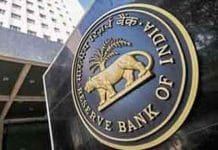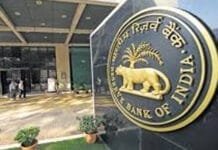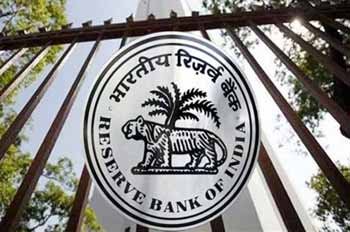New Delhi — In a major fintech move that could reshape India’s digital payment ecosystem, the Reserve Bank of India (RBI) has granted the National Payments Corporation of India (NPCI) full authority to decide the transaction limits for person-to-merchant (P2M) payments on the Unified Payments Interface (UPI) platform. This power shift means the current ₹2 lakh cap on P2M UPI transactions could soon be revised based on financial sector needs.
The announcement came after the latest Monetary Policy Committee (MPC) meeting held from April 7 to 9, where RBI Governor Sanjay Malhotra also revealed a 25 basis point repo rate cut, bringing the policy rate down from 6.25% to 6%.
🔄 UPI Rules Just Got a Shake-Up
Till now, RBI had maintained a fixed cap of ₹2 lakh per transaction for P2M UPI payments. But in a move aimed at greater flexibility and scalability, Governor Malhotra announced that NPCI will now determine these limits independently.
“Currently the limit is ₹2 lakh, but NPCI may revise it based on financial and technological considerations,” Malhotra said.
Note: The ₹1 lakh limit for person-to-person UPI payments remains unchanged.
This gives NPCI more freedom to align UPI’s transaction framework with India’s evolving digital economy, especially as high-value transactions via UPI become more mainstream — from luxury retail to real estate booking.
📉 Loan Relief Incoming: Repo Rate Slashed to 6%
Alongside this digital payment update, RBI also cut the repo rate by 25 basis points, dropping it to 6%, a move that could translate into lower interest rates for loans, including home loans, personal loans, and MSME credit.
This marks the second consecutive cut in the repo rate — a clear signal that RBI is pushing for economic growth without compromising inflation control.
📊 India’s Growth & Inflation Forecast for FY26
RBI’s economic outlook for 2025-26 projects:
Real GDP growth at 6.5%
Retail inflation (CPI) around 4%
Governor Malhotra emphasized that the RBI will continue to focus on balancing growth with inflation management.
💡 Why This Matters for You
Merchants and startups may soon be able to accept higher-ticket payments via UPI — reducing reliance on cards and bank transfers.
Consumers could benefit from more seamless high-value digital payments, even in sectors like healthcare, education, and real estate.
With loan interest rates likely to drop, home buyers and borrowers may find some much-needed EMI relief.
🏦 What is NPCI?
The National Payments Corporation of India is the umbrella organization for operating retail payments and settlement systems in India — including UPI, RuPay, and IMPS. With full control over UPI merchant limits, NPCI now holds a stronger hand in steering the future of India’s fintech landscape.
🔍 Final Word
This dual move by RBI — empowering NPCI and lowering repo rates — signals a proactive monetary and technological strategy to:
Boost consumer spending
Enhance digital transaction capabilities
Maintain macroeconomic stability
As India gears up for FY2025-26, these changes may well be the catalysts for the next wave of digital and financial transformation.












